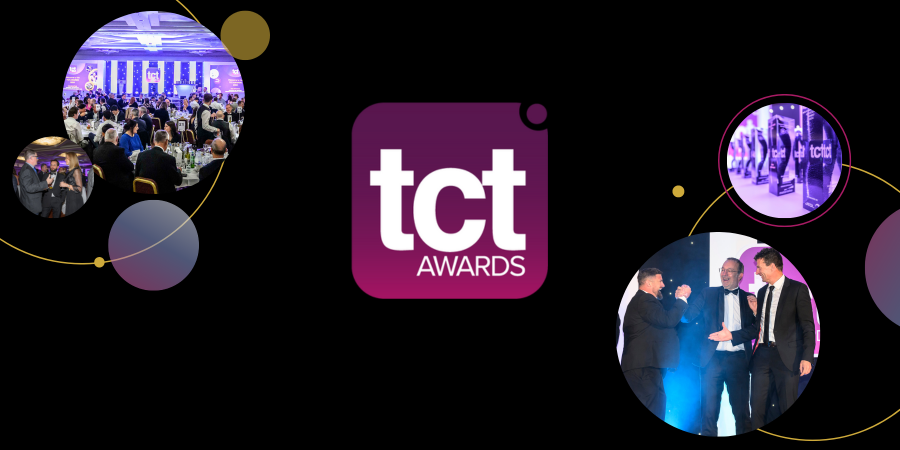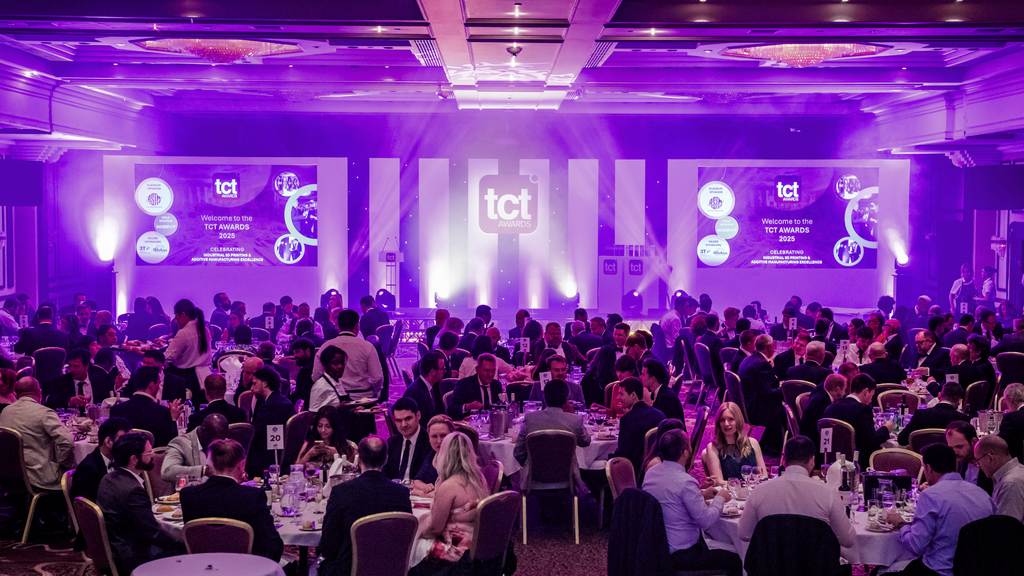TCT AWARDS 2026!
The TCT Awards is an annual celebration of the very best innovations and applications of 3D printing and additive manufacturing technology globally. The awards also celebrate the outstanding individuals within the AM industry with our distinguished TCT Hall of Fame, and the fantastic Women in 3D printing Innovator Award. Entry submissions for our technology categories are now open!
NEW FOR 2026 - THE TCT AWARDS ARE GOING TO NORTH AMERICA!
We are extremely excited to announce that for 2026 the TCT Awards ceremony will be collocating with the SME AM Awards for an inspiring evening 'Celebrating AM Achievement'! Taking place on the 14th April 2026 in Boston, USA during RAPID + TCT, this unique collaboration promises to amplify the recognition of ground-breaking achievements and inspire further innovation within the industry. Tickets to attend this unique event will be on sale soon, so watch this space!
WI3DP Innovator Award
The TCT Women in 3D Printing Innovator Award recognises women who have achieved excellence in their field, championing progress through development and driving innovation within the realm of 3D printing and additive manufacturing. We will soon open the public nominations to put forward a woman in 3d printing who you think deserves this recognition.
For inspiration on which type of individual deserves this accolade, please see our five pioneering previous winners.
Hall of Fame Award
The TCT Hall of Fame is the most acclaimed accolade within the 3d printing and additive manufacturing community. Members of the TCT Hall of Fame have been bestowed this global recognition for their tremendous work and dedication to the field. To be nominated into this distinguished group our advisory board of leading industry experts use strict criteria to determine the most deserved individuals.
Find out more and see all our TCT Hall of Fame members inducted since its inception in 2017.



